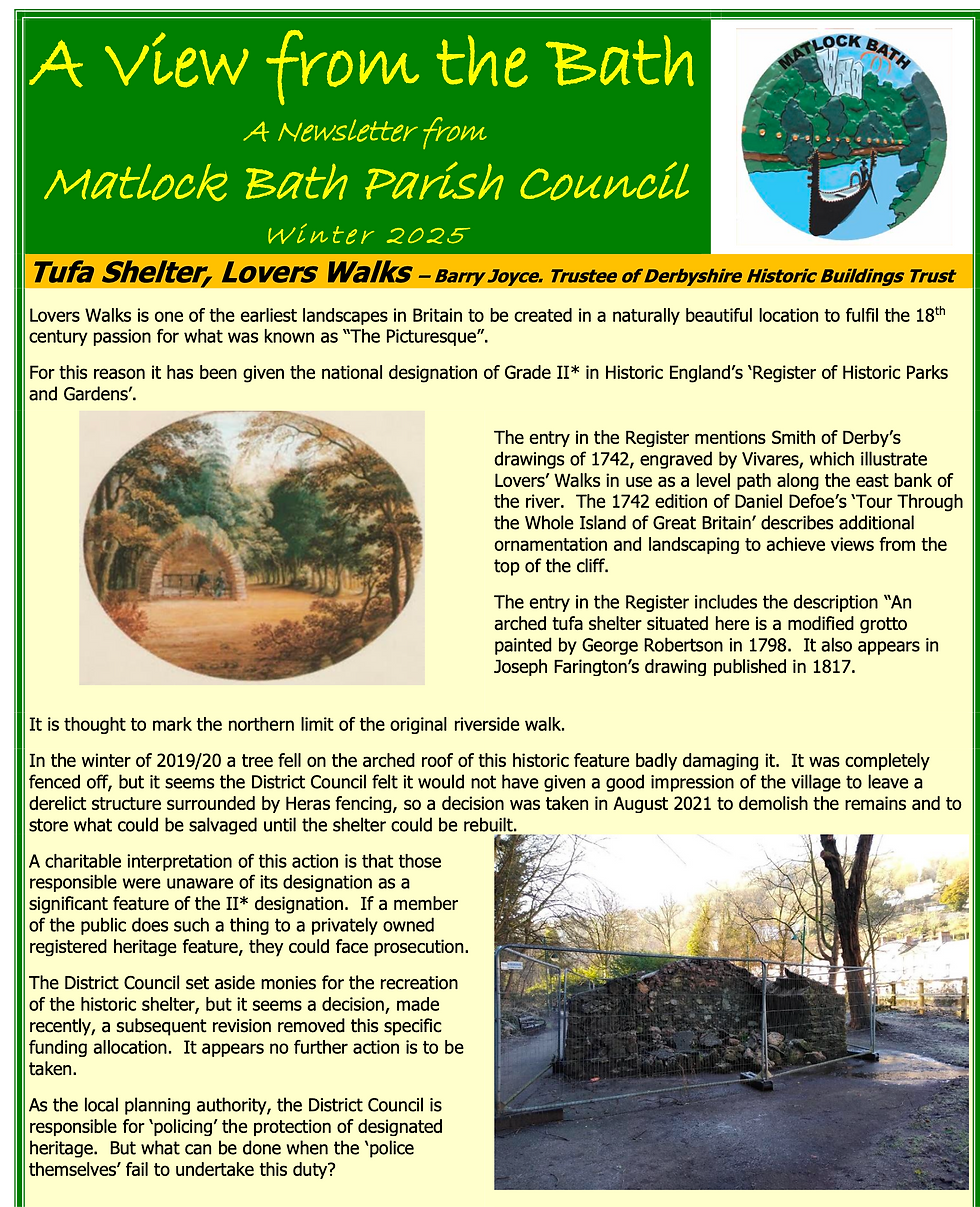Clock Works is Running out of Time
- Admin

- Apr 23, 2016
- 2 min read

After being allowed to deteriorate for more than 15 years the former Smiths Clock Works on Queens Street Derby is in desperate need of repair.
Originally the site of a much earlier building which was built by the father of John Flamstead the first Astronomer Royal, being later rebuilt by John Whitehurst in 1764 with a new frontage after designs by Joseph Pickford. Whitehurst was a noted Derby clockmaker and scientist who was an influential member of the Lunar Society who probably entertained other prominent citizens of the age including Benjamin Franklin, James Ferguson and Josiah Wedgewood at the property. In 1793 Derby’s most famous artist Joseph Wright leased the property and following his death four years later the building was divided into a house and a pub, the Acorn Inn. By 1865 local clockmaker John Smiths business was proving to be a success allowing him to move to the larger Queen Street premises and to undertake further alterations in 1908 which included demolishing the Acorn Inn. In 1928-29 the front of the building was altered again as part of a scheme to widen the road and these later designs were completed by the borough architect Charles Aslin including an interior which still survives.

Smiths Clocks moved out in 1999 and the workshop buildings to the rear were demolished when ownership was transferred to Joseph De Winter and subsequent planning applications were made. The last of these was for offices and apartments which was approved in 2003, though not listed nationally the building is included on Derby City Councils Local List of Historic Buildings.
With any planning applications now either lapsed or not pursued the building has remained unused for many years though kept watertight due to the actions of squatters who moved in shortly after the building became vacant.
Given its association (this site was proposed as the Zero Meridian before King George requested it be located at his Observatory in Greenwich) this building, though much altered, is really of National significance and could perhaps become a Museum of Time.




